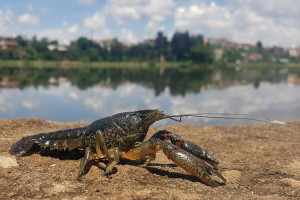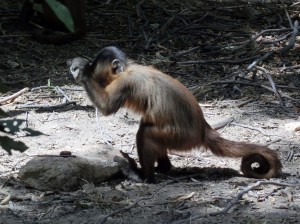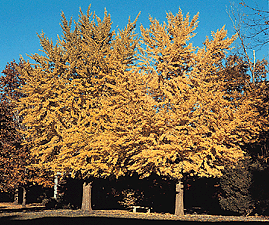More and More Marbled Crayfish
Thursday, March 22nd, 2018March 22, 2018
Last month, in February, scientists published the DNA sequence of an invasive species of crustacean known as the marbled crayfish. The animal’s DNA sequence is unique, and the all-female crayfish species can reproduce without mating. The marbled crayfish, Procambarus virginalis, started as an aquarium species. A few of the animals were released into the wild, however, and the species is now threatening many native animals in the Czech Republic, Japan, Madagascar, the United States, and other nations.

The marbled crayfish threatens to crowd out seven native crayfish species in the east African island of Madagascar. Credit: © Ranja Andriantsoa
The story of the marbled crayfish began in the 1990’s. Its origin is not completely clear, but somehow this species carries three copies of each chromosome. Usually organisms carry two sets of chromosomes, one set from each parent. Procambarus virginalis apparently evolved from a species known as the slough crayfish, Procambarus fallax, which lives only in the tributaries of the Satilla River in the southern U.S. states of Georgia and Florida. Scientists believe that the new species was created after two slough crayfish mated in an aquarium setting, but one of them had a mutation in a sex cell. In crayfish, this can happen in response to sudden changes in temperature. If the cell was then fertilized by another individual in the aquarium, it would have resulted in an embryo with three copies of its genome. And just like that, a drastic mutation in a single crayfish produced the marbled crayfish.
Because the marbled crayfish has an additional set of chromosomes, it does not need a mate to reproduce. It basically clones itself through a type of reproduction called parthenogenesis. All offspring of marbled crayfish are female, and they are all very aggressive.
The marbled crayfish reproduced so quickly and prolifically that the animals were doled out to pet shops, given away to private individuals, or, unfortunately, released into the wild. Other species of crayfish cannot compete with the reproductive abilities and aggressive nature of the marbled crayfish, which quickly dominates any habitat it enters. Release into the wild, then, has been disastrous for other crayfish species, whose numbers have been drastically reduced or completely wiped out when faced with marbled crayfish competition. People have taken marbled crayfish to lands far from Georgia and Florida, and now the crustaceans are wreaking havoc on native crayfish populations in parts of Africa, Asia, and Europe. In the European Union and parts of the United States, bans on marbled crayfish aim to curb the animal’s increasing dominance, but the bans may have come too late.
Some scientists consider the marbled crayfish one of the most remarkable species known to science. Discovering a species with such a recent origin and such remarkable reproductive ability is rare. However, ecologists consider it a pest and a nuisance. Marbled crayfish may have some potential benefits, however. They could possibly become a significant food source, and the marbled crayfish’s unique reproductive talents may help scientists understand how cancer tumors adapt and develop resistance to drug treatments.




